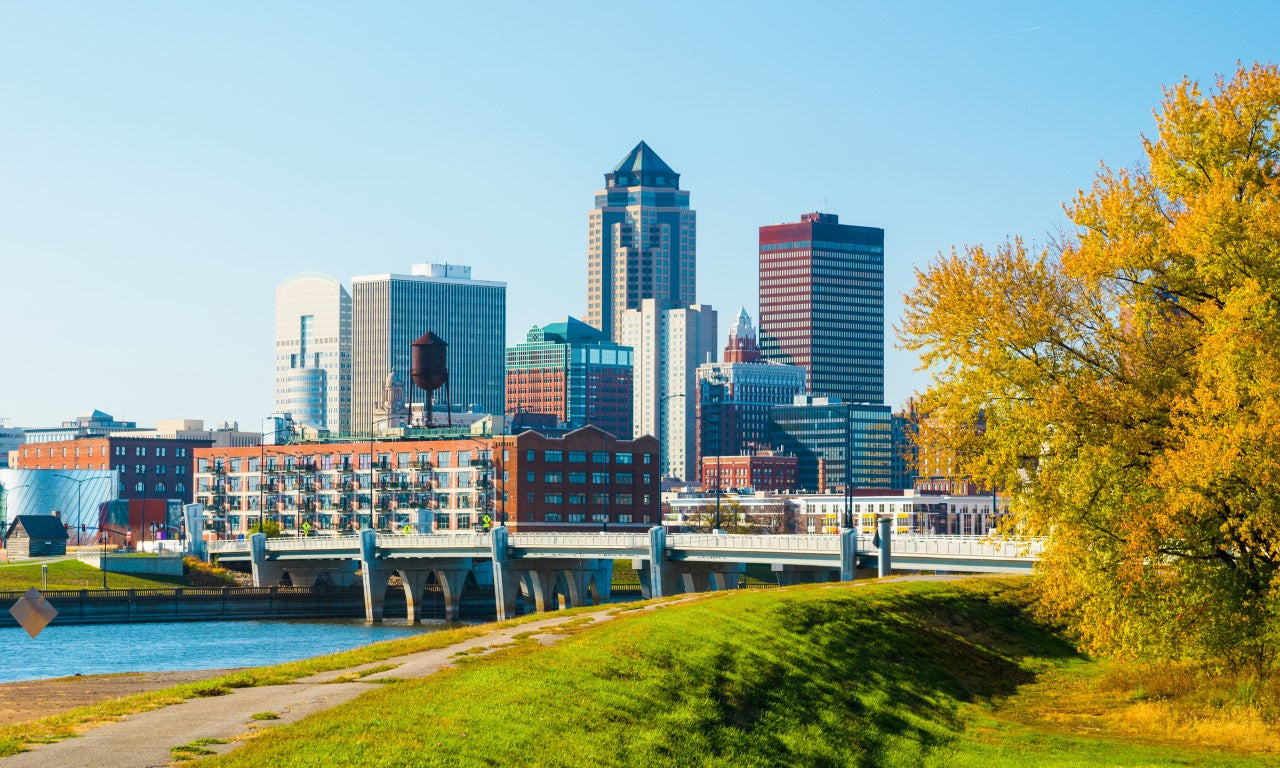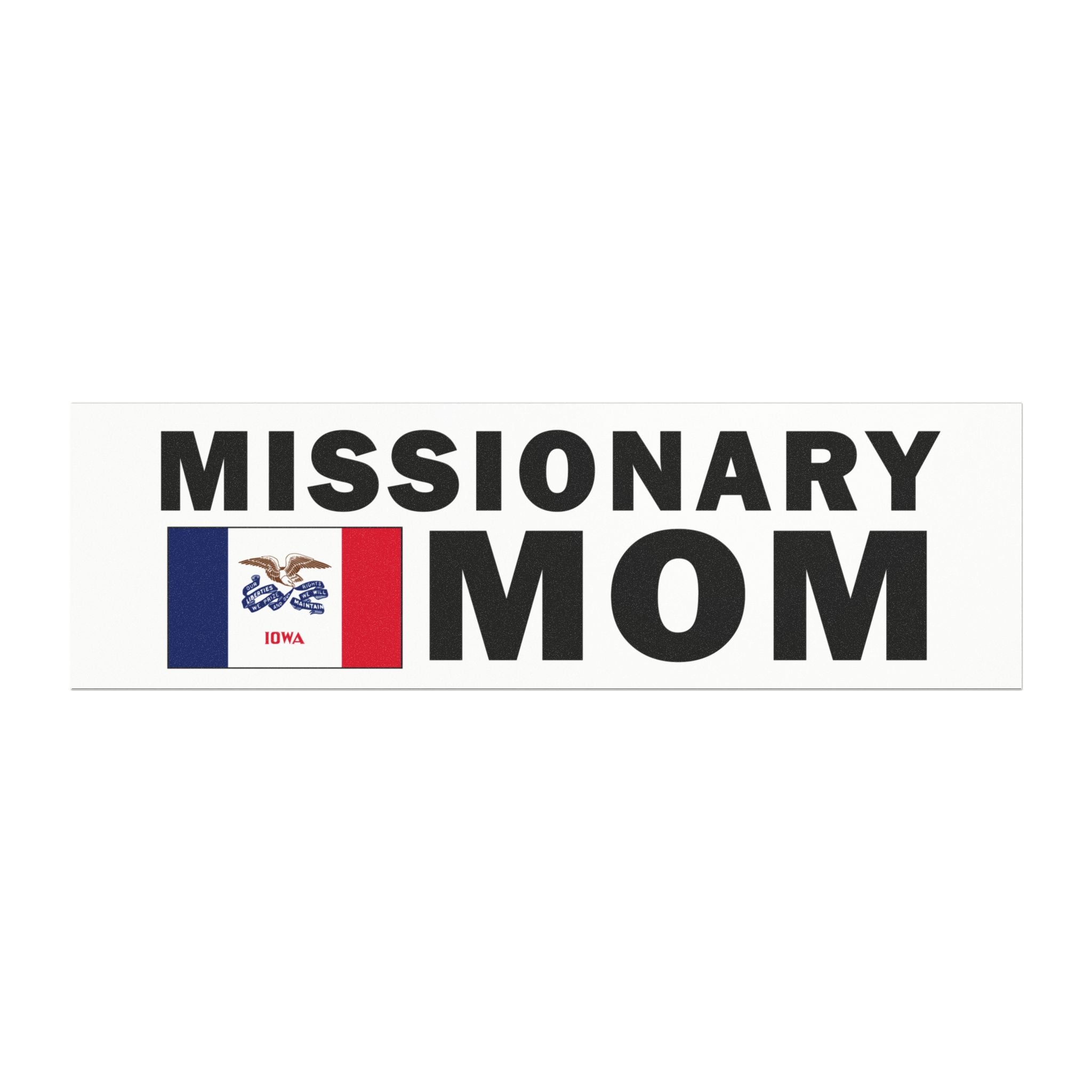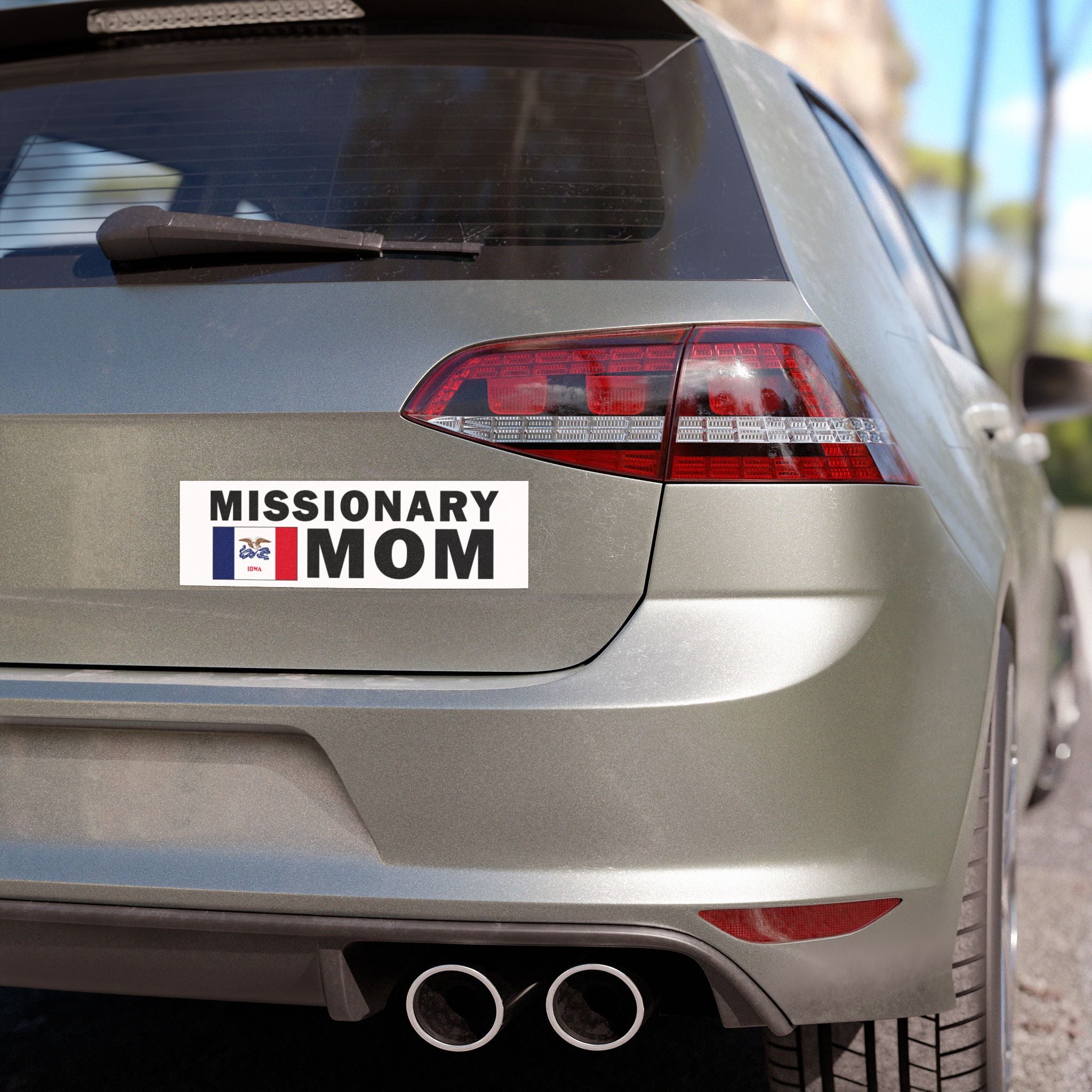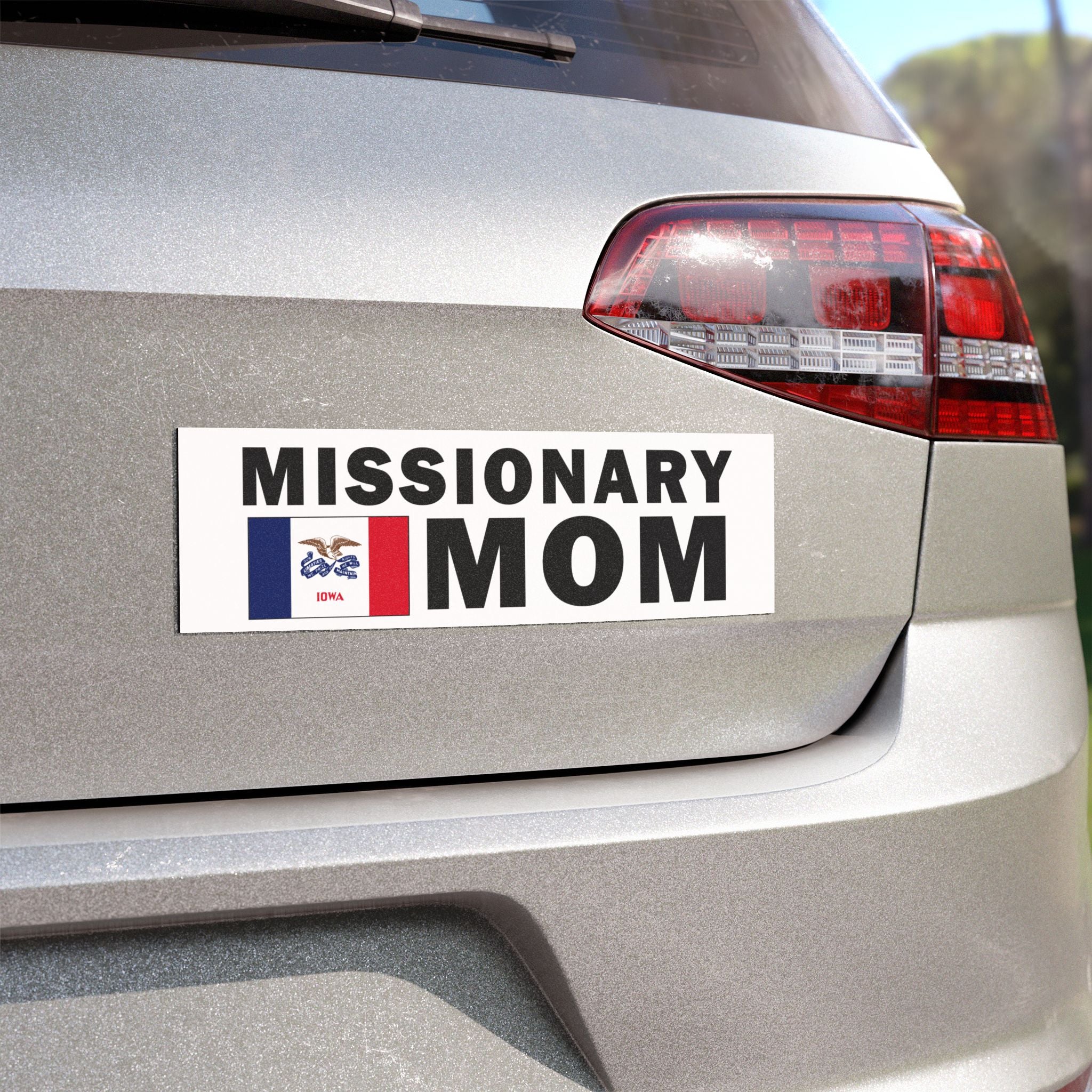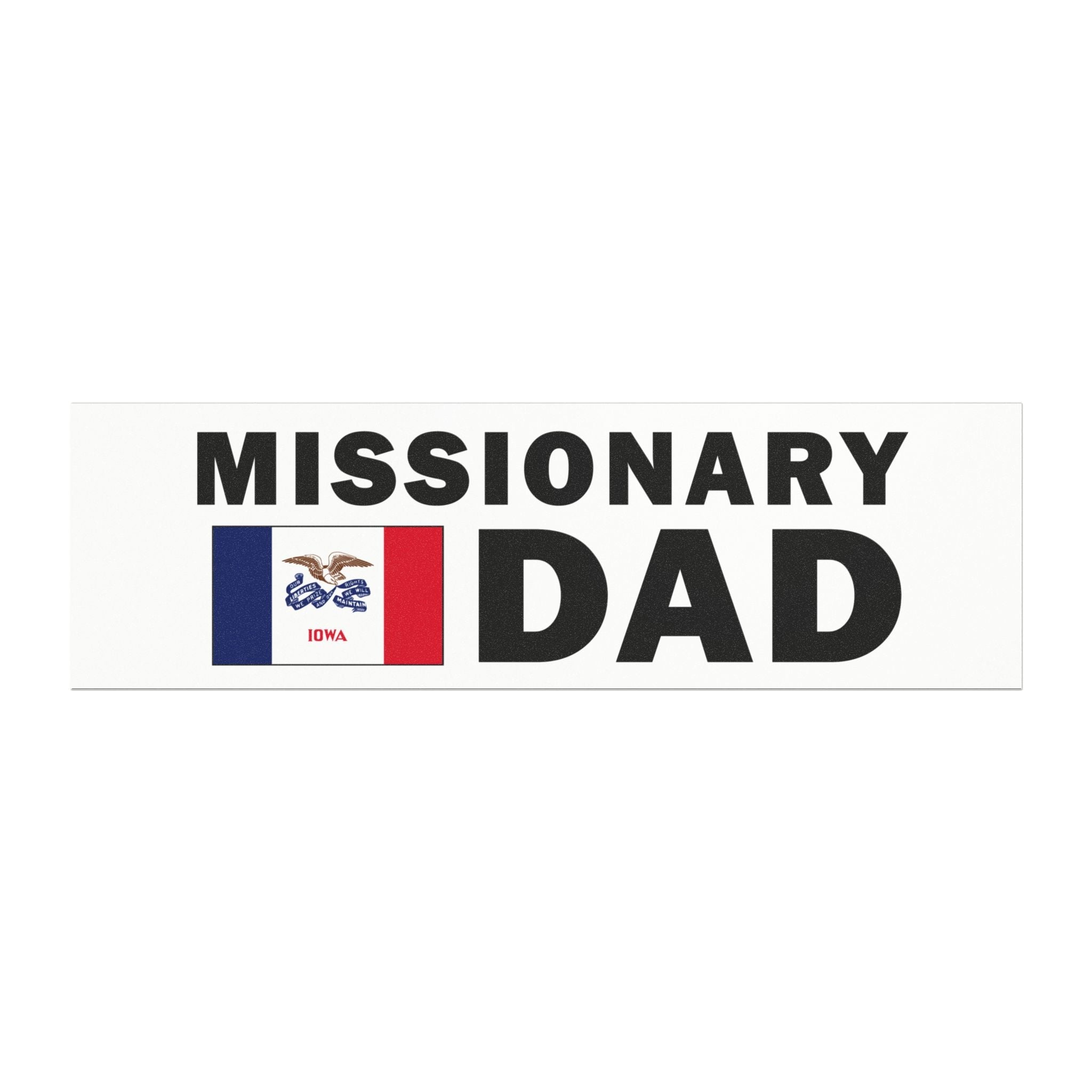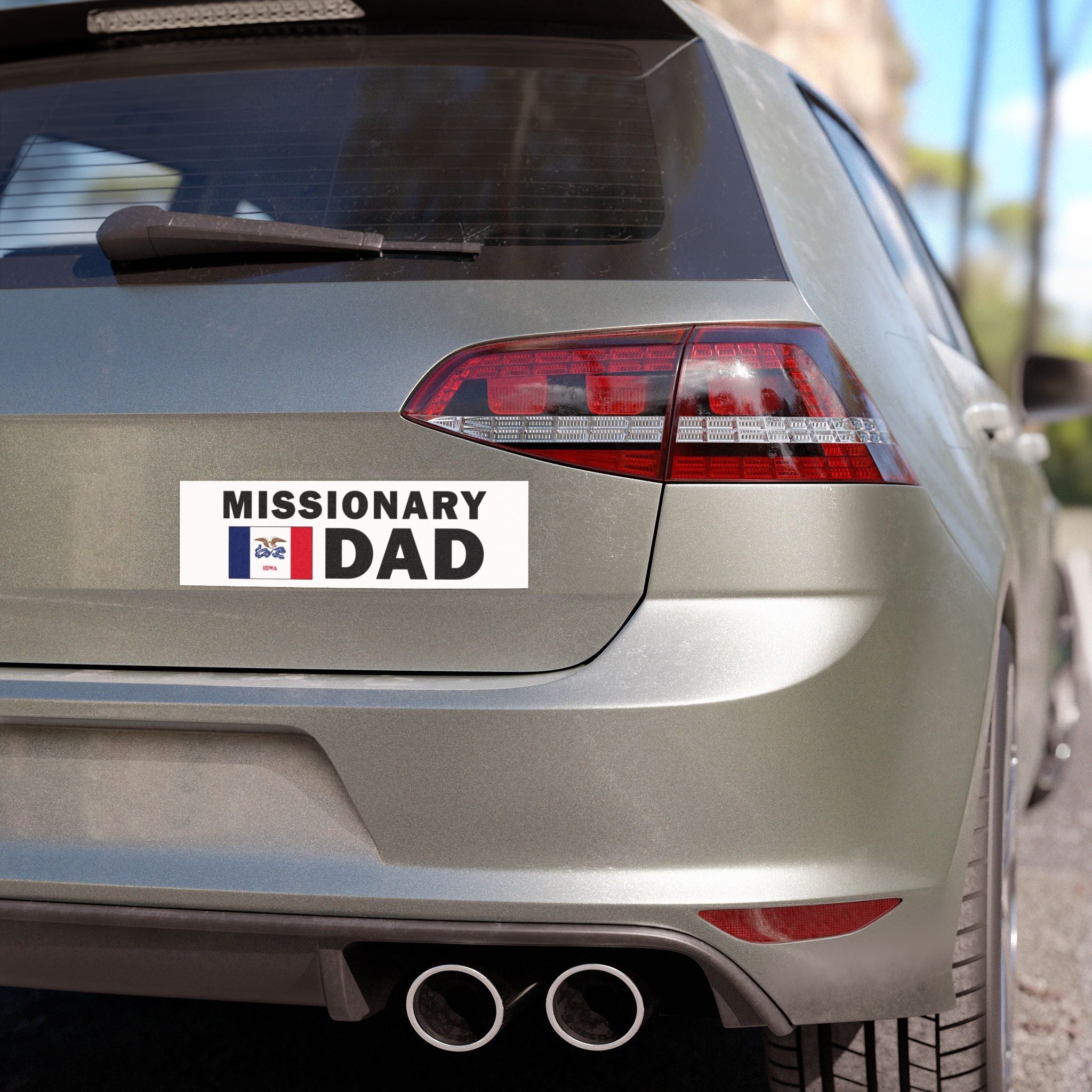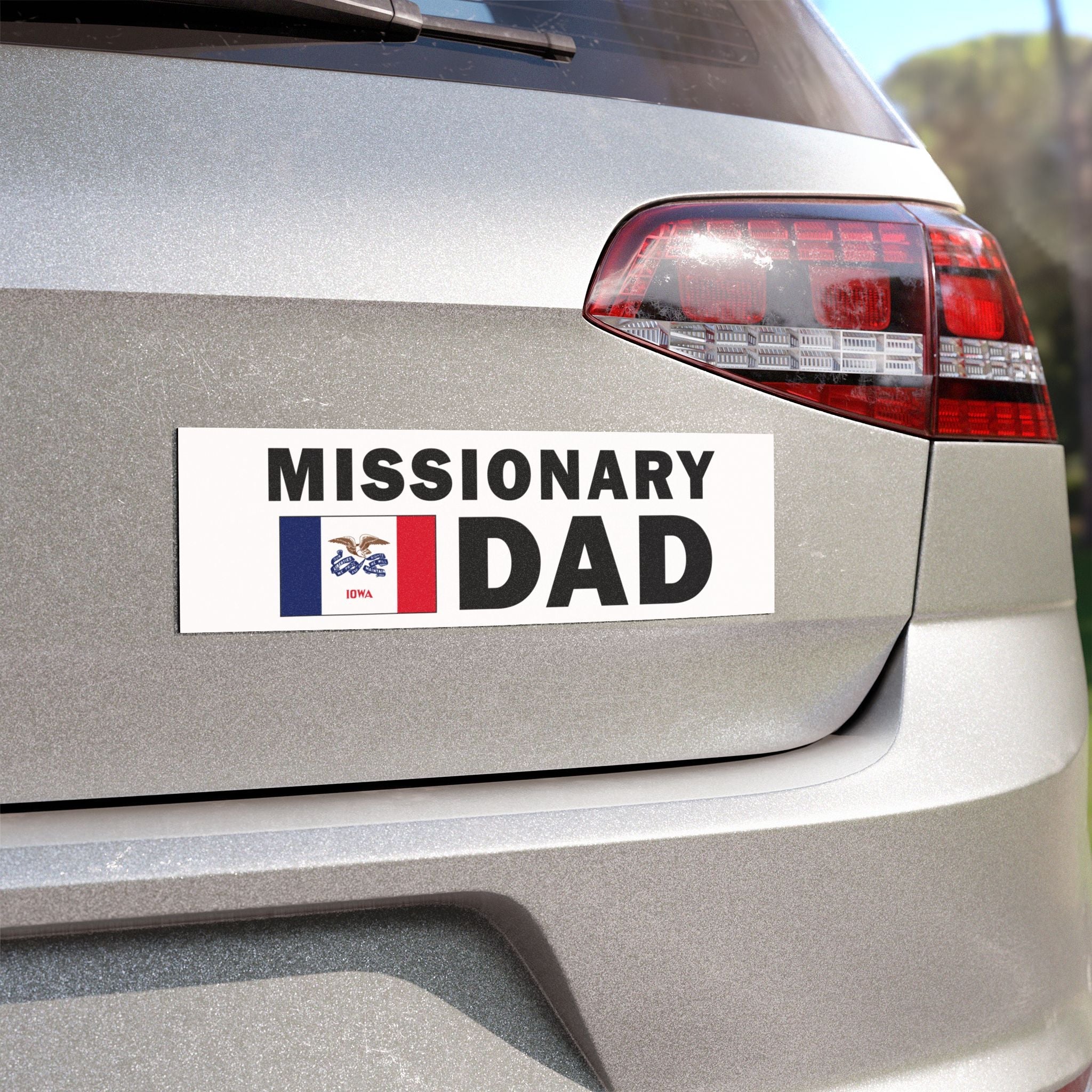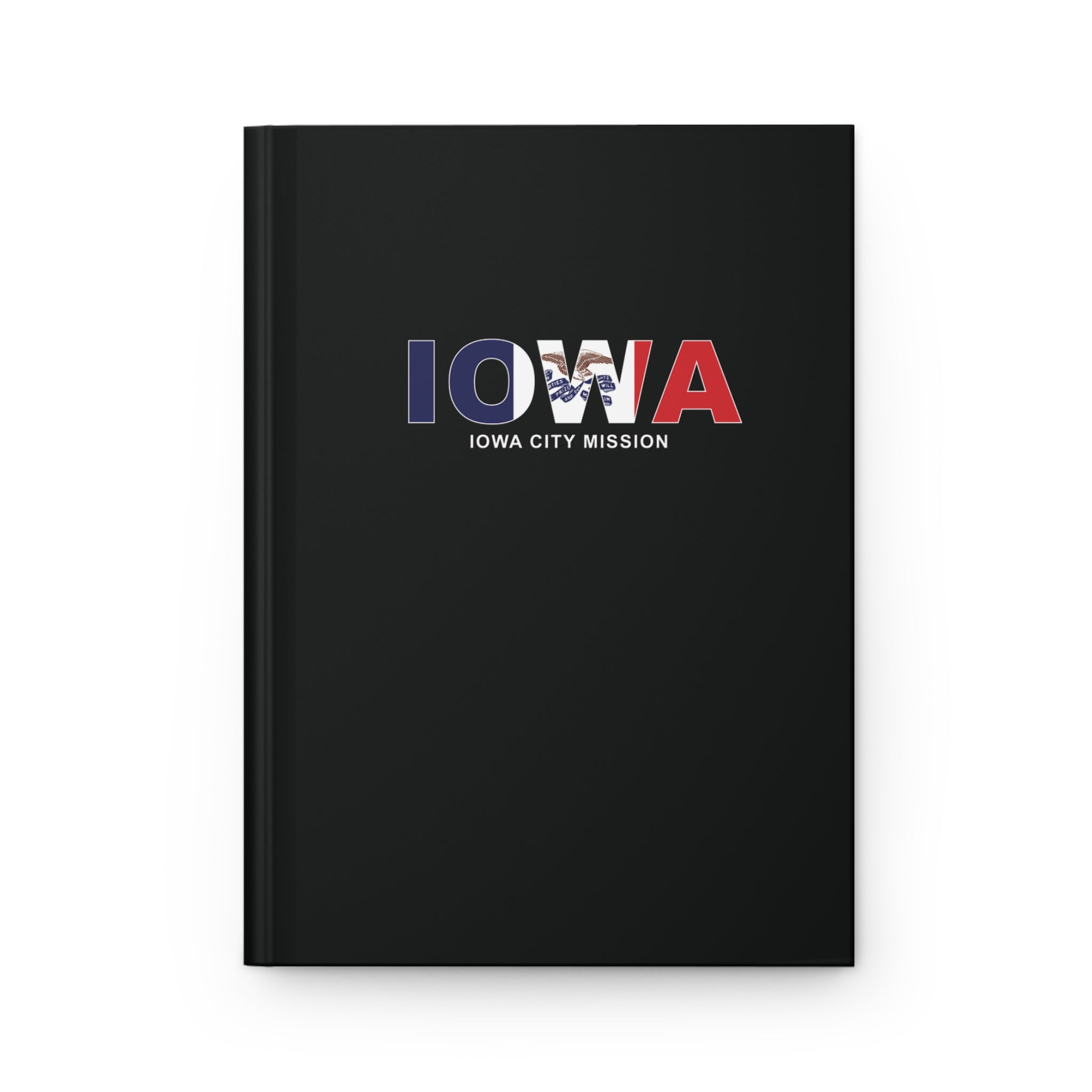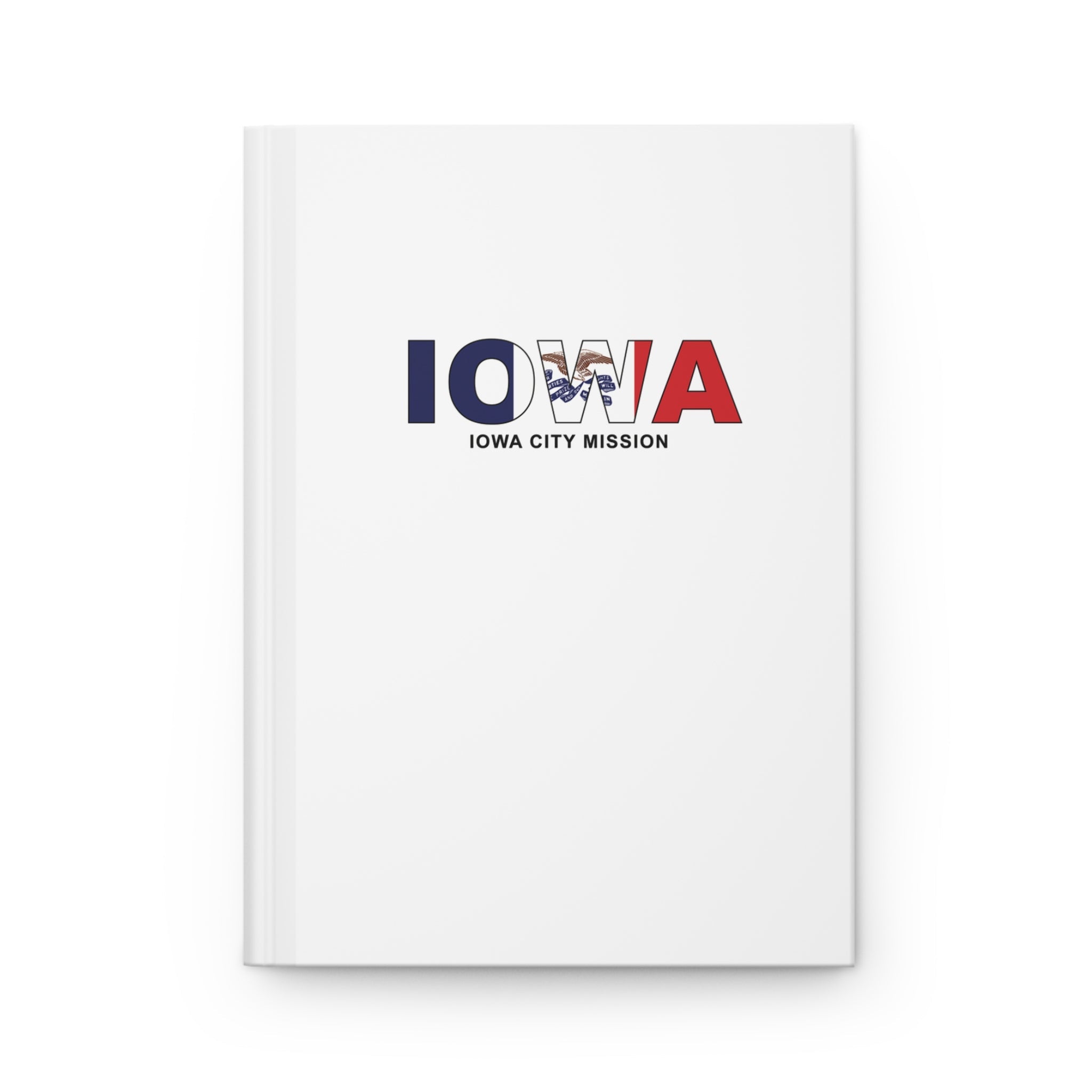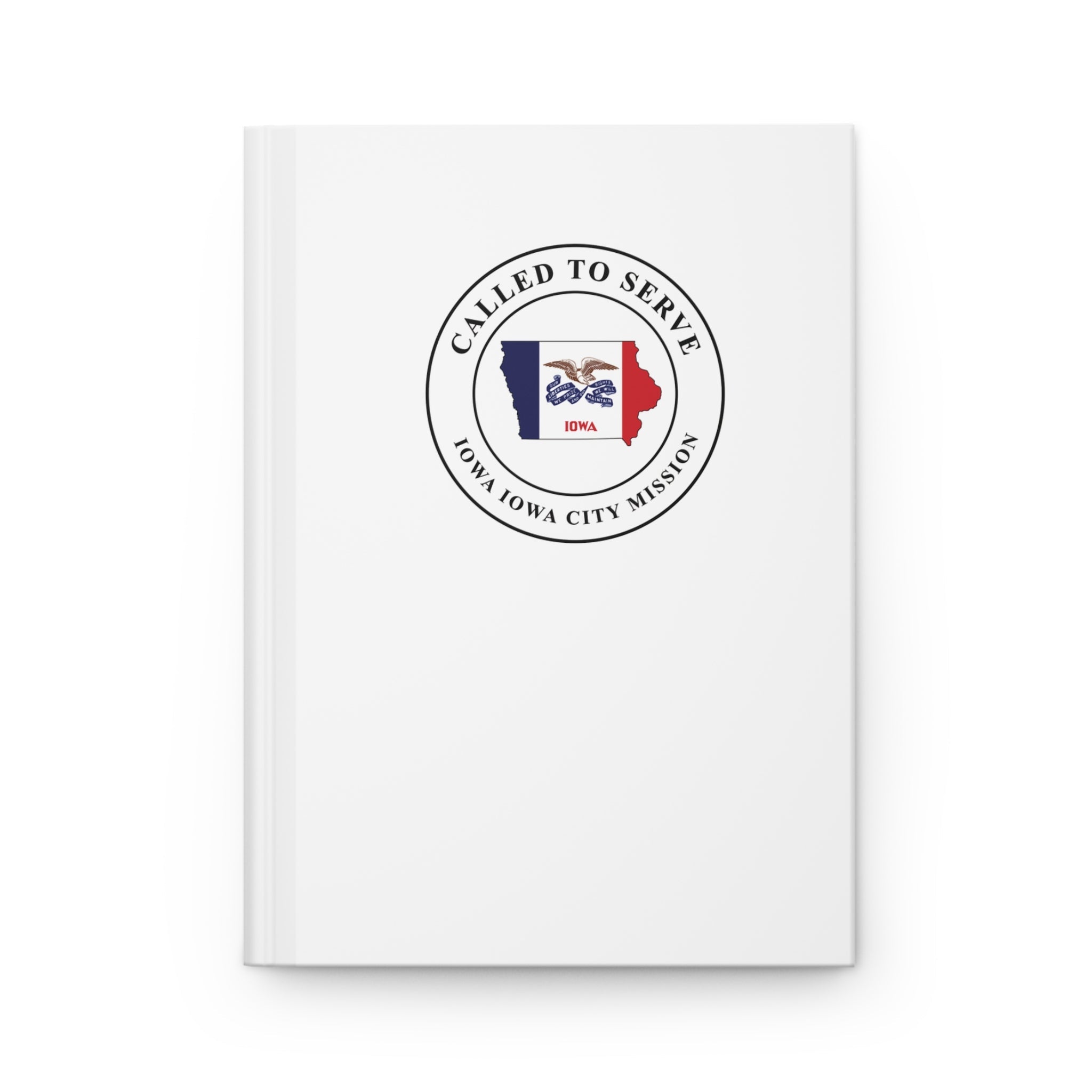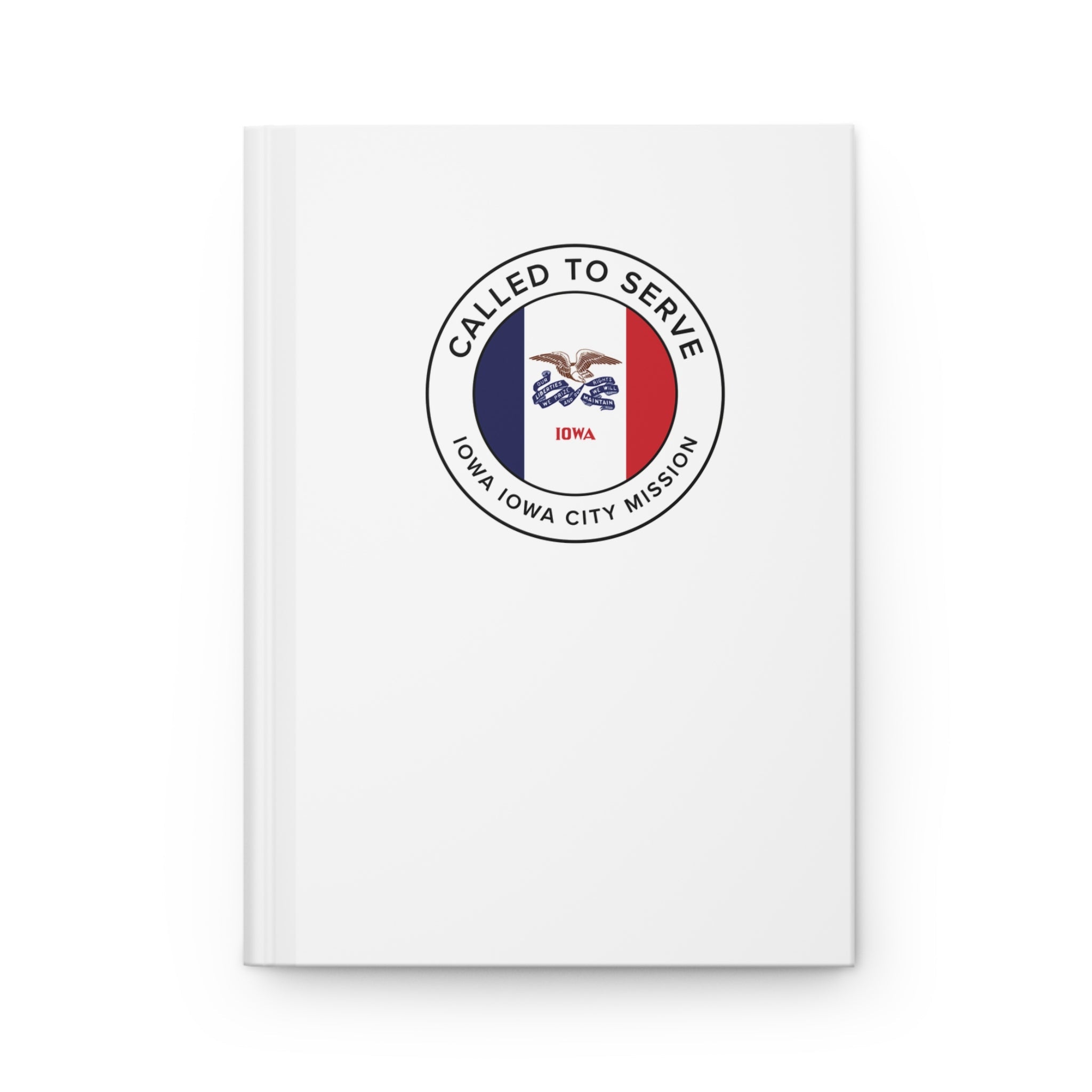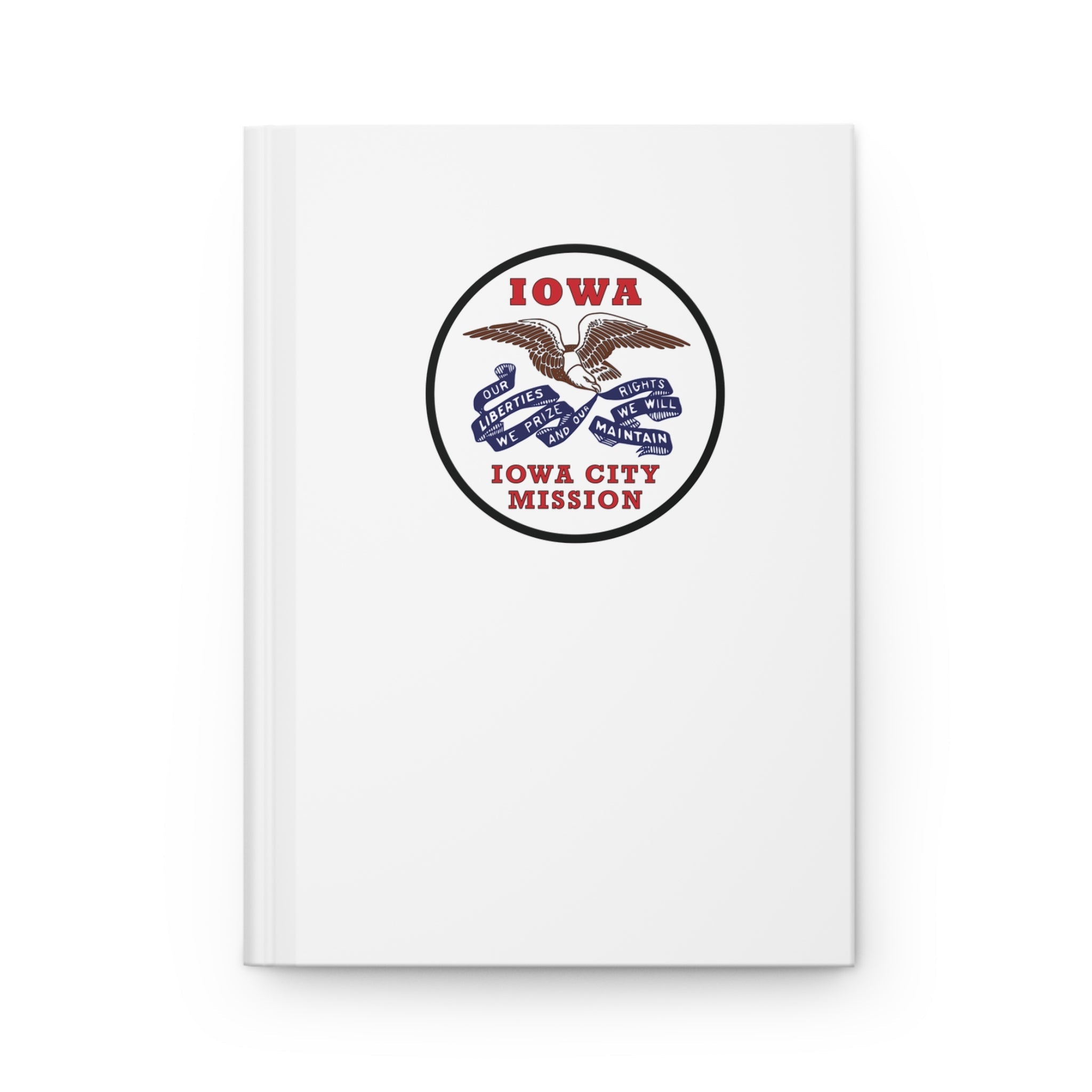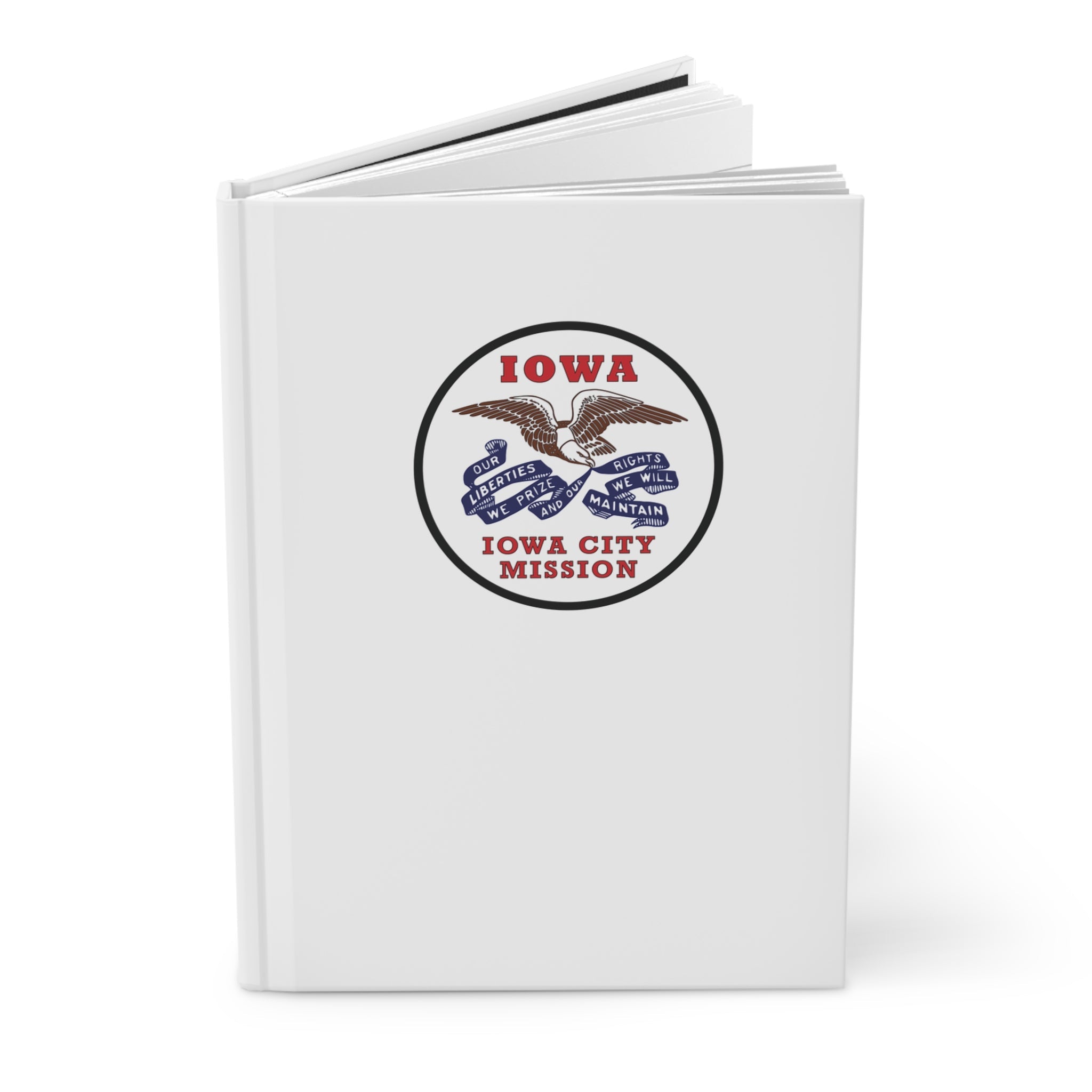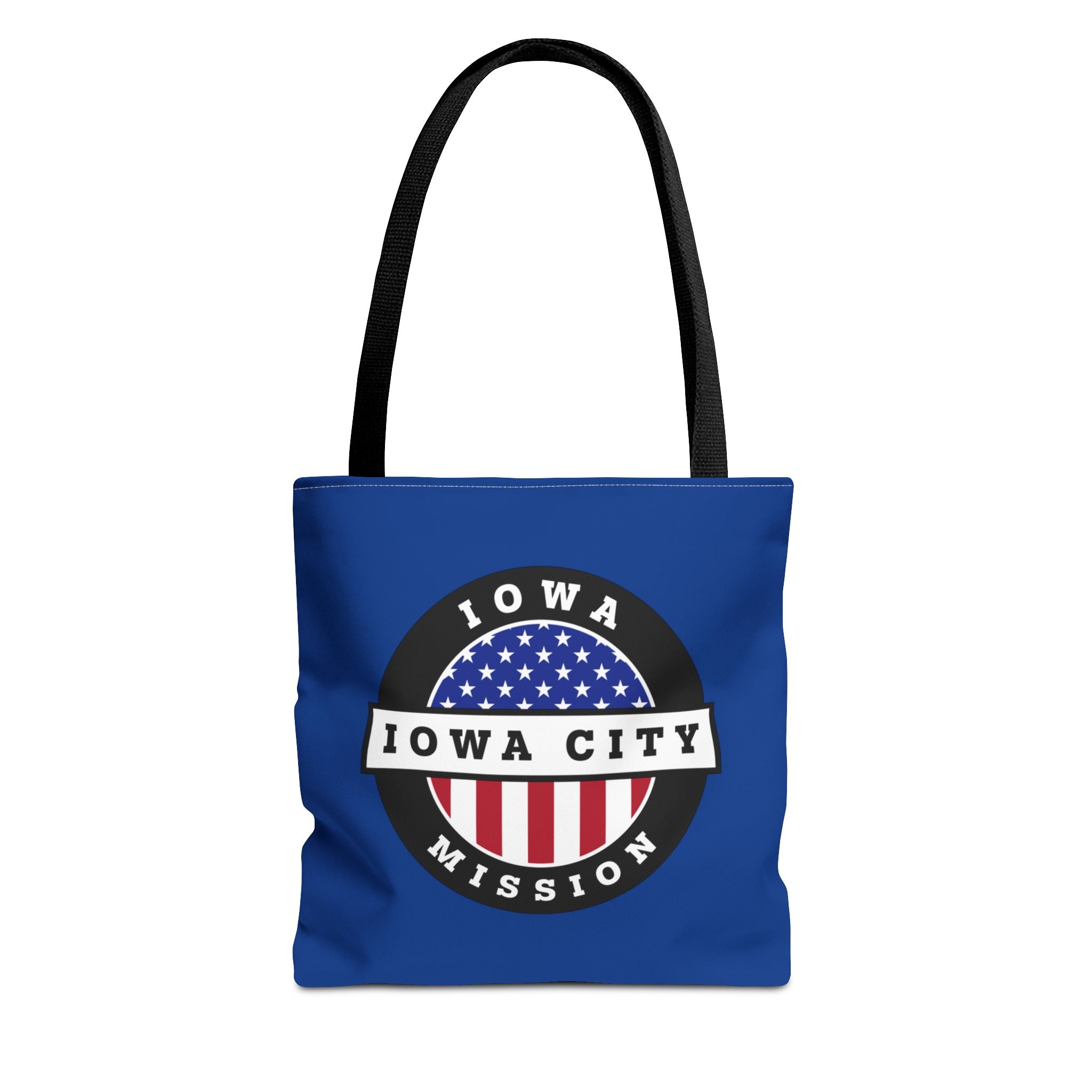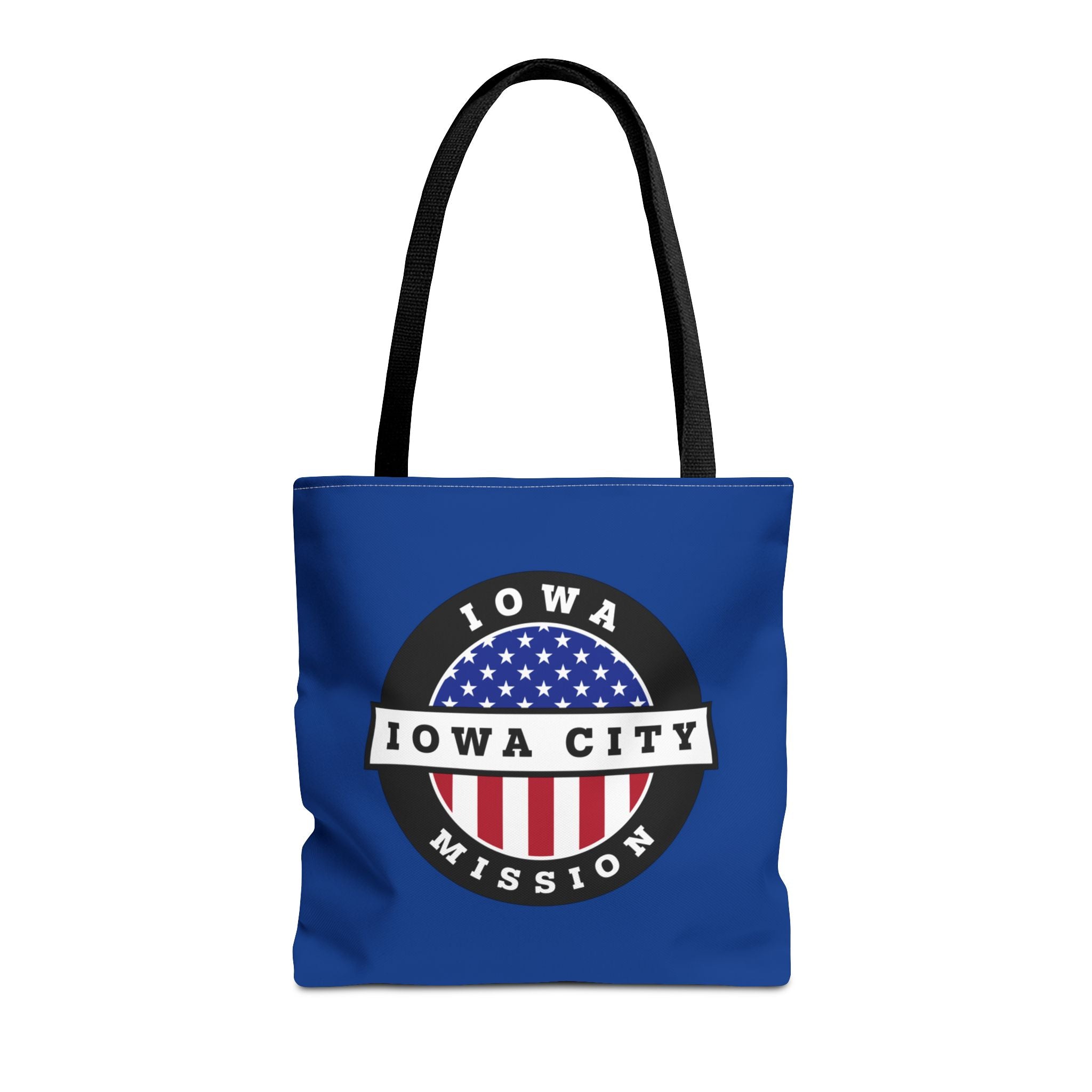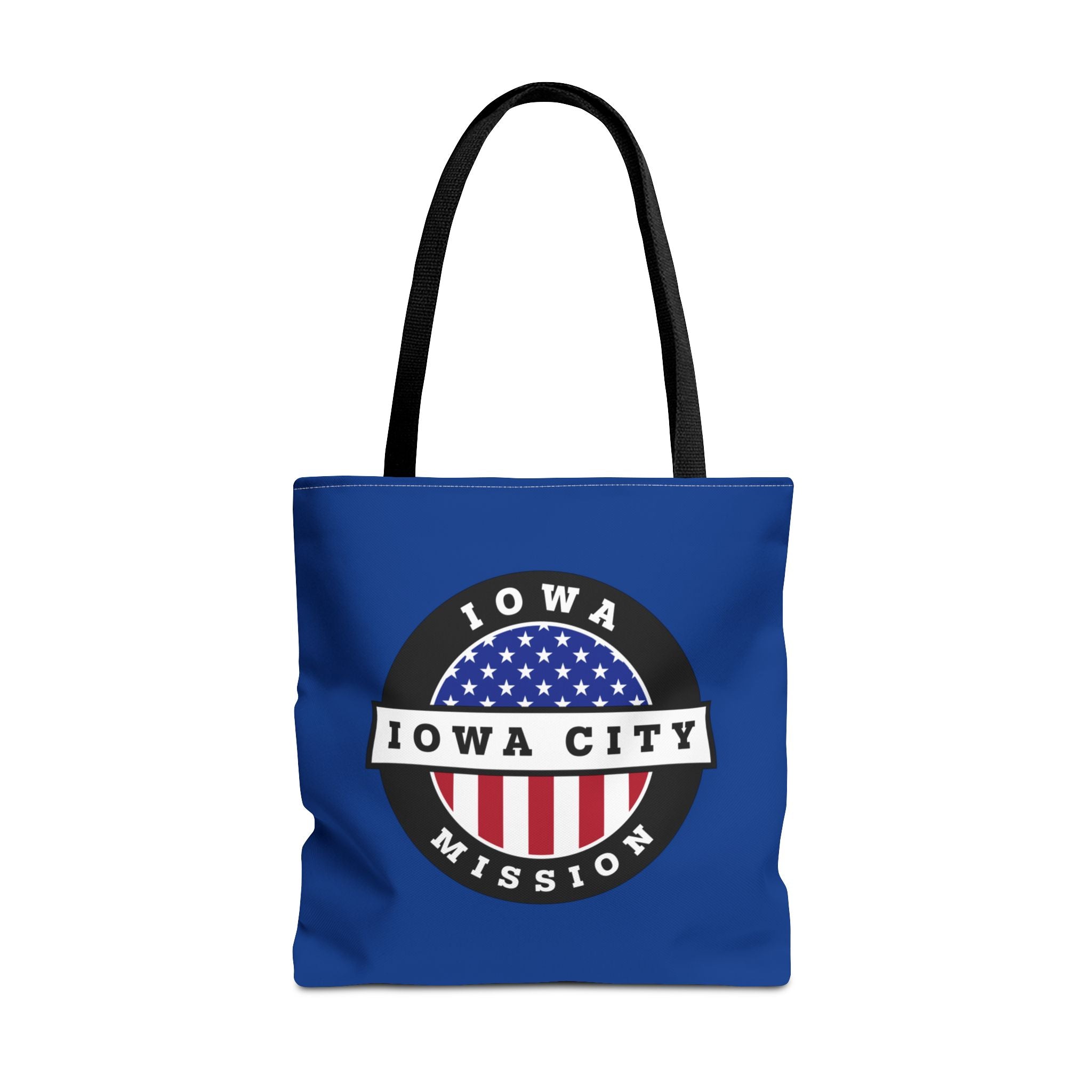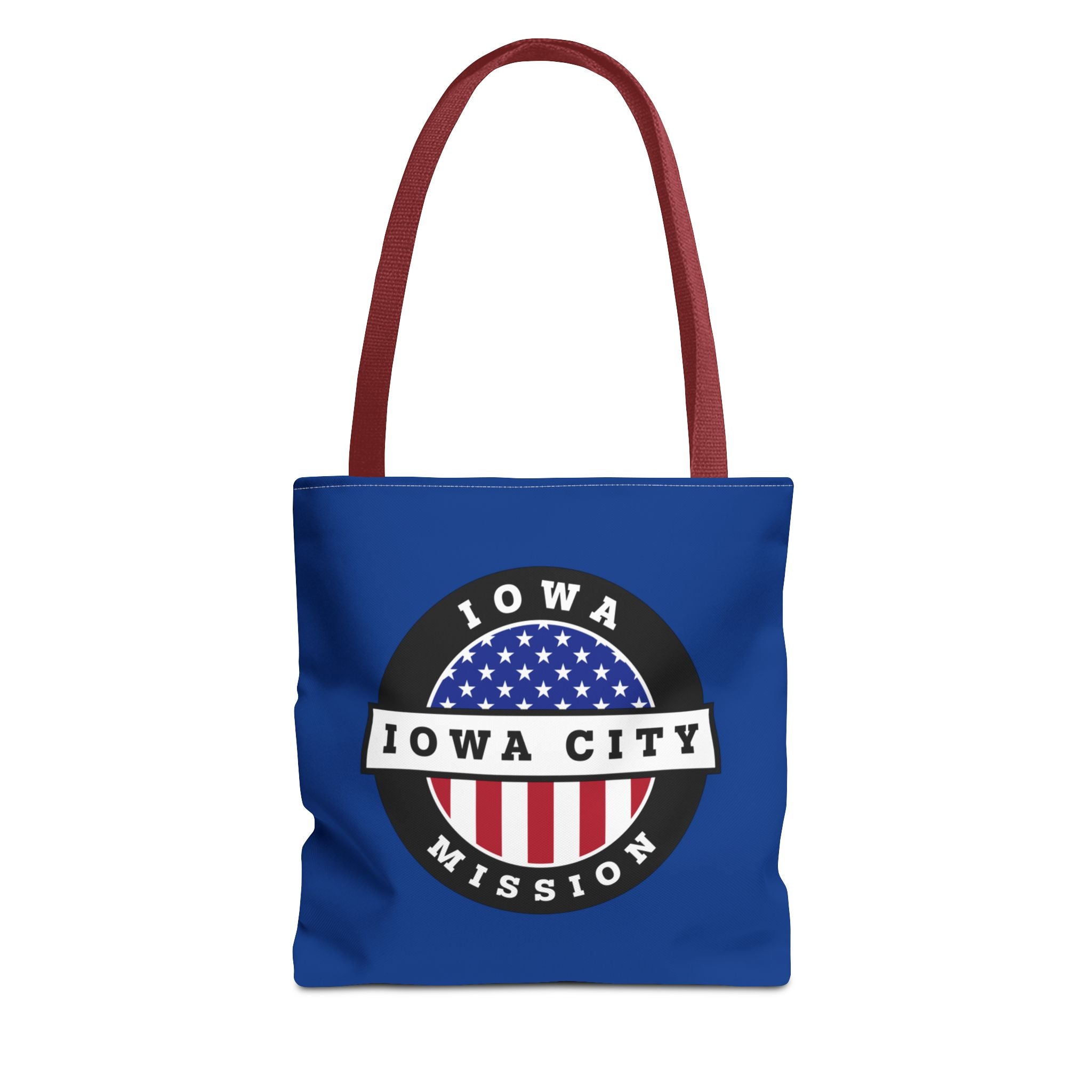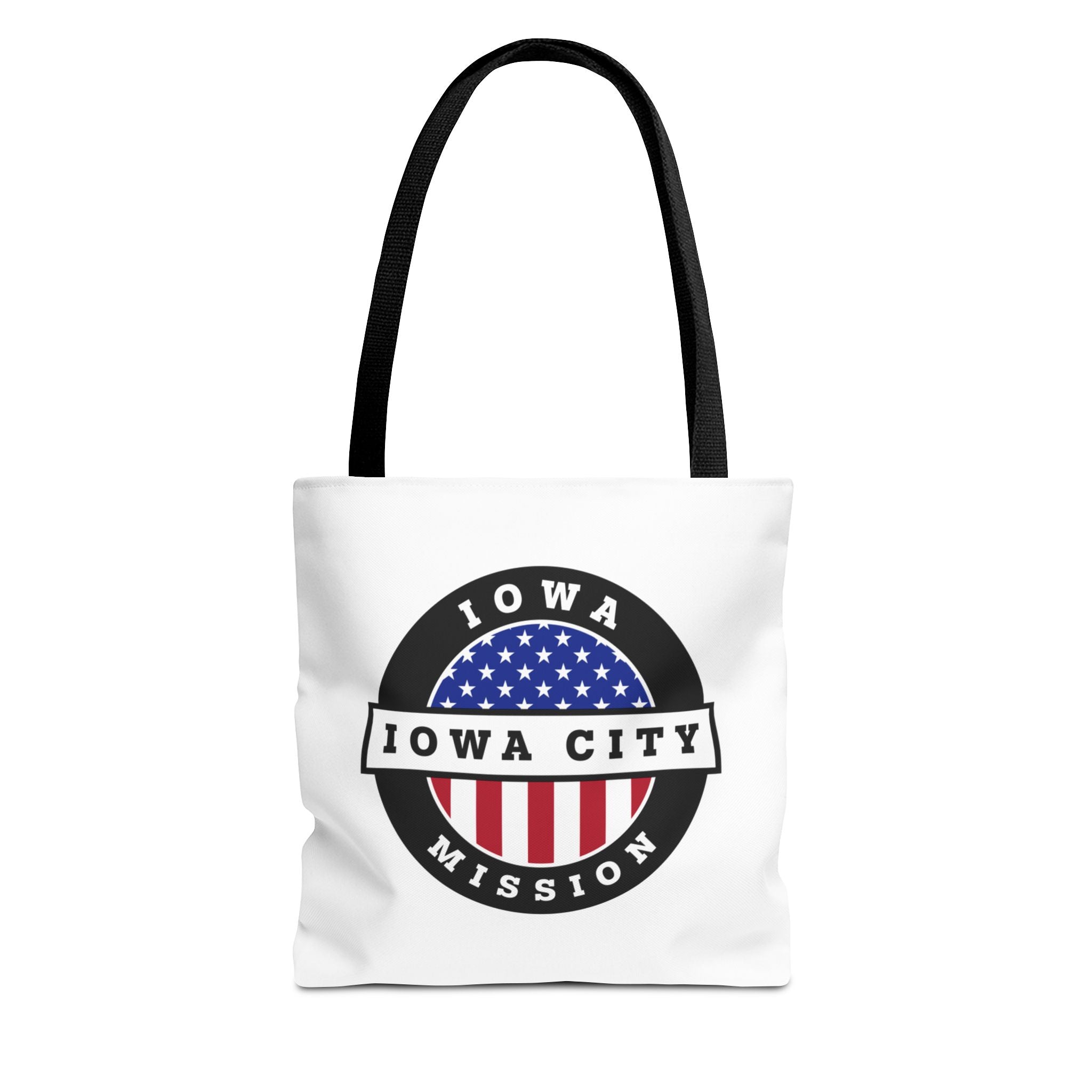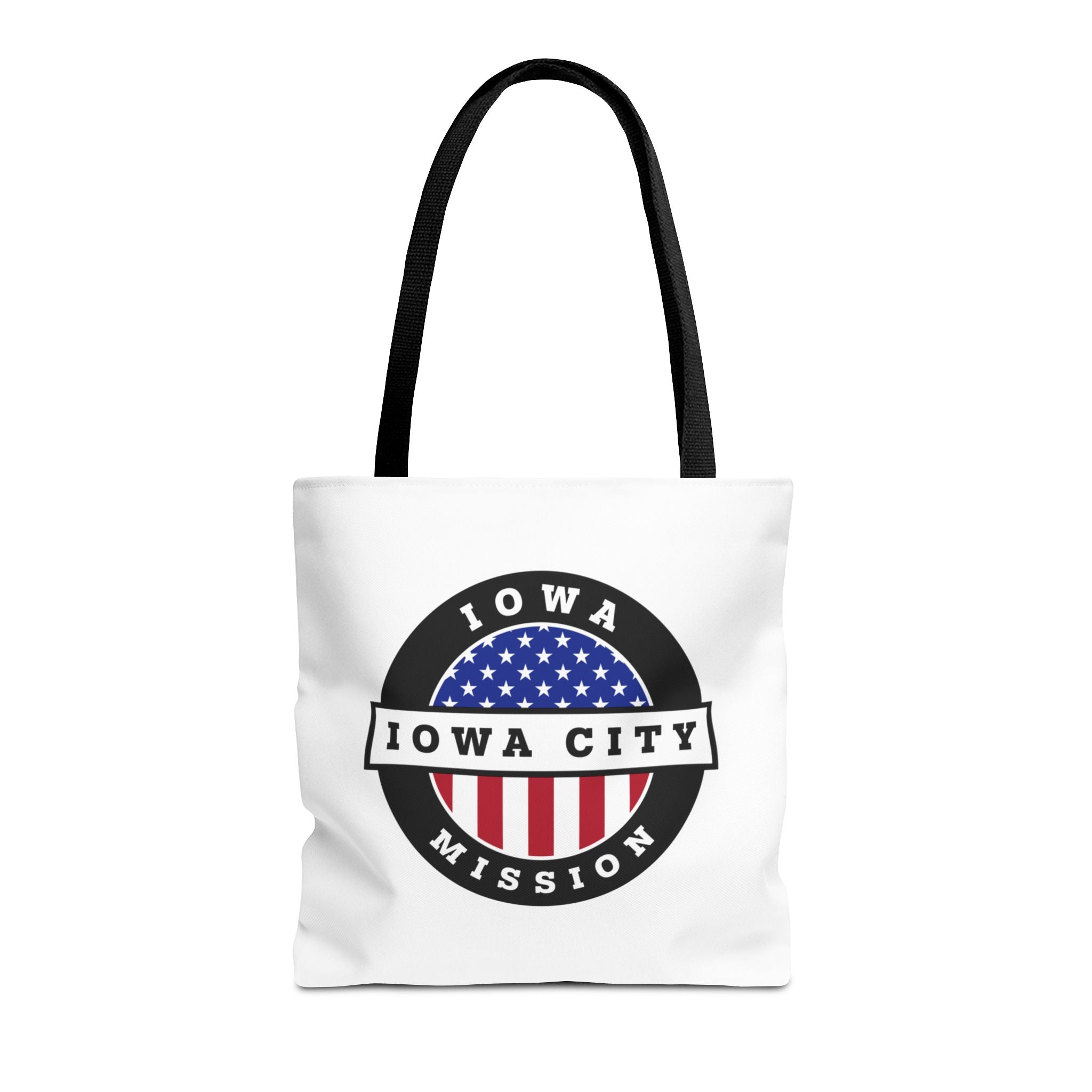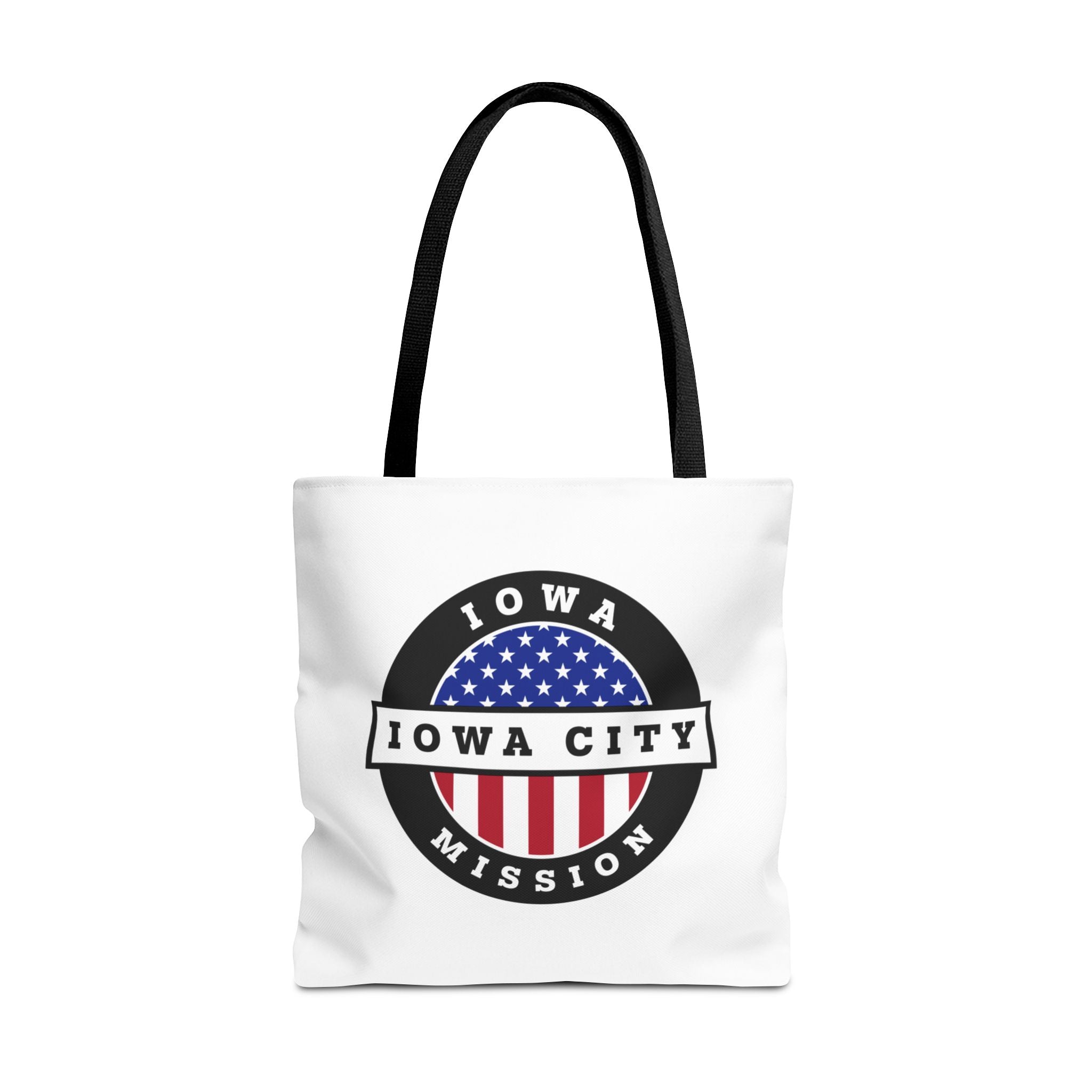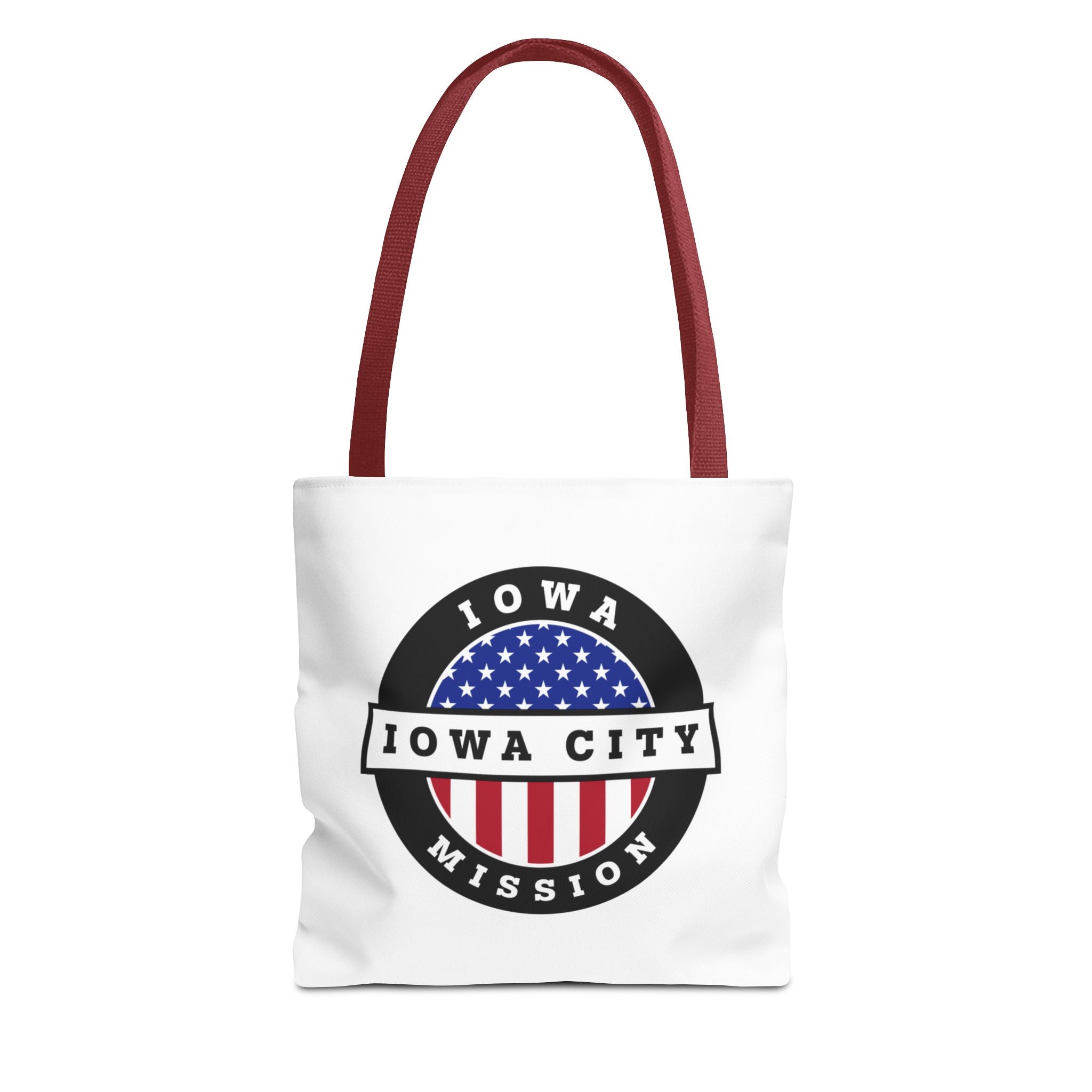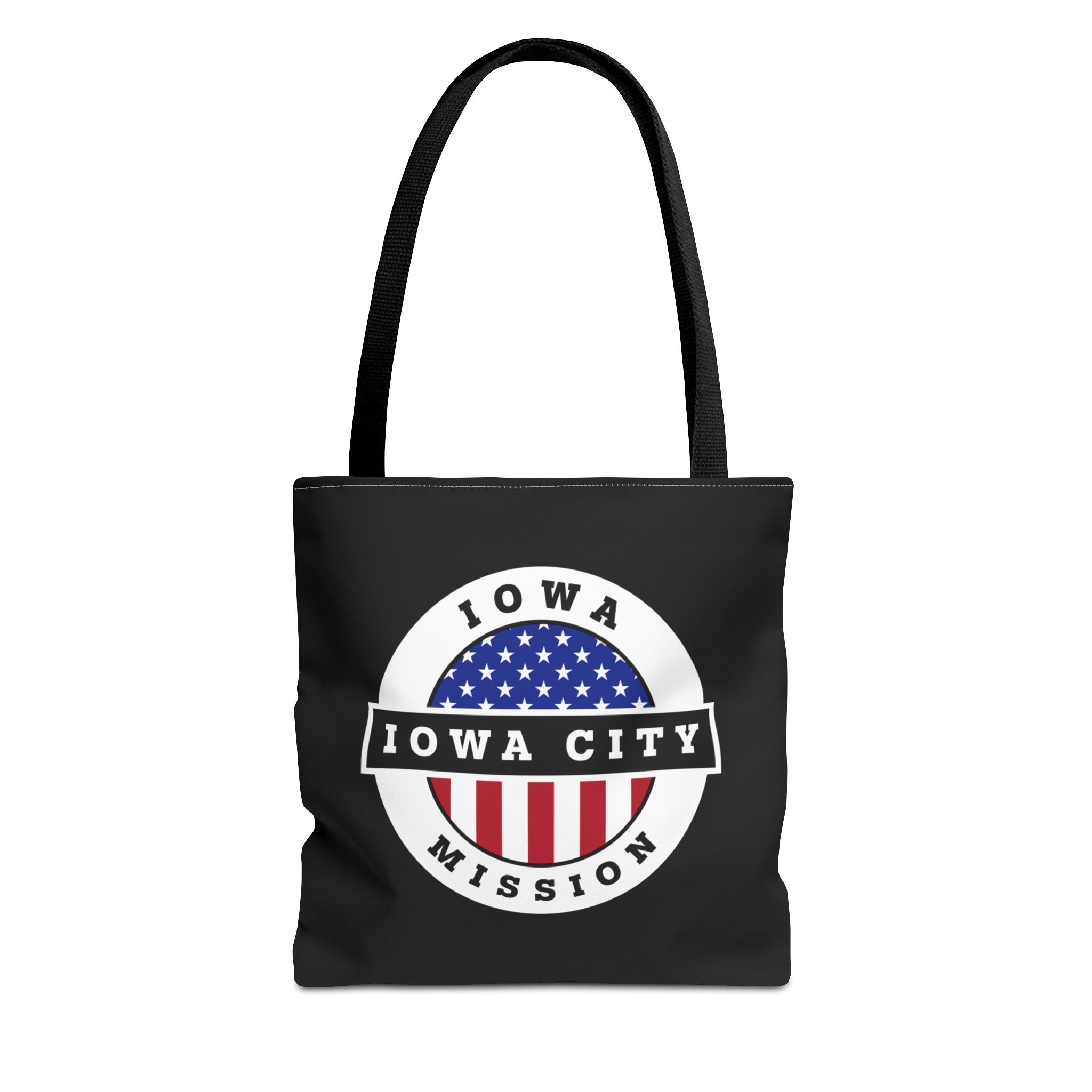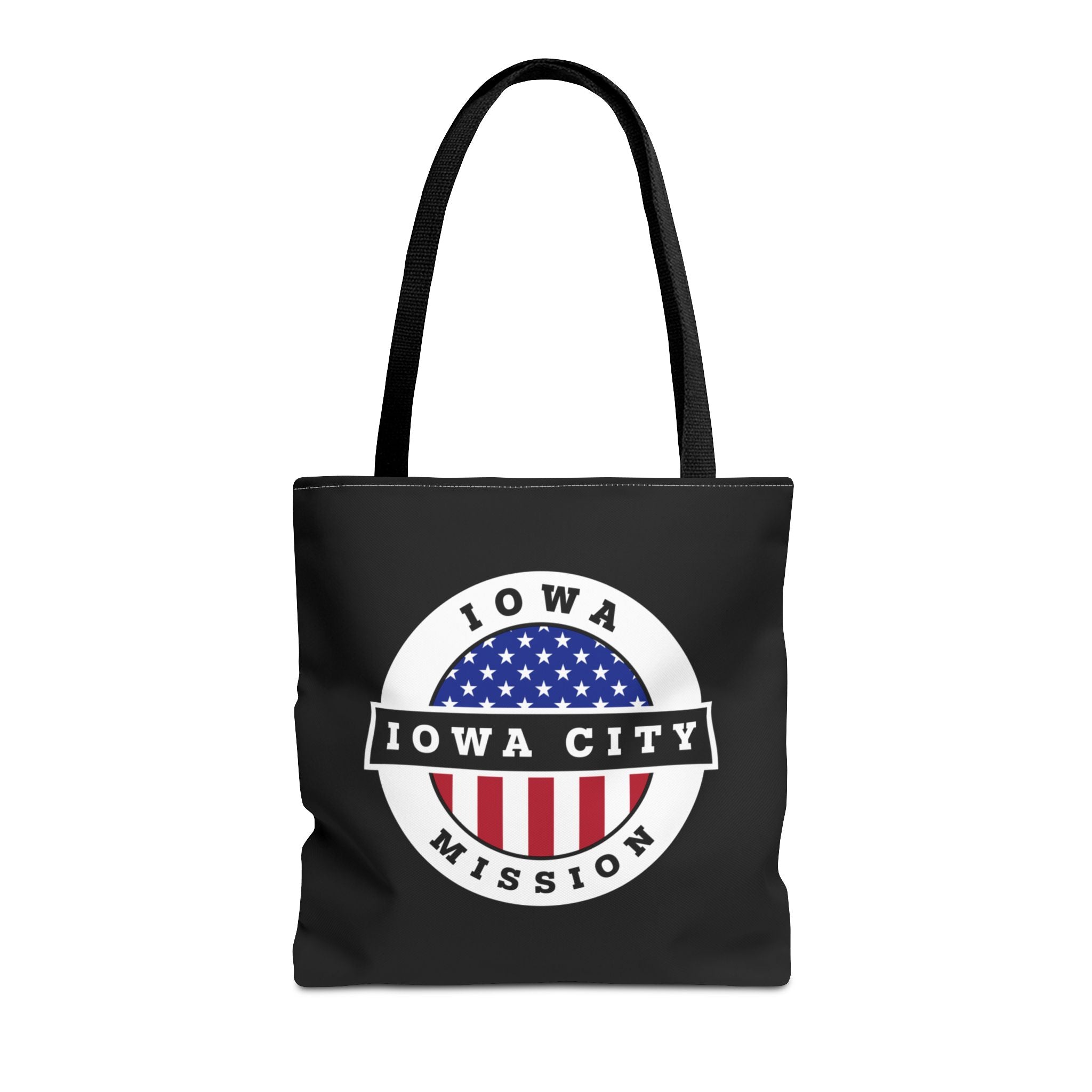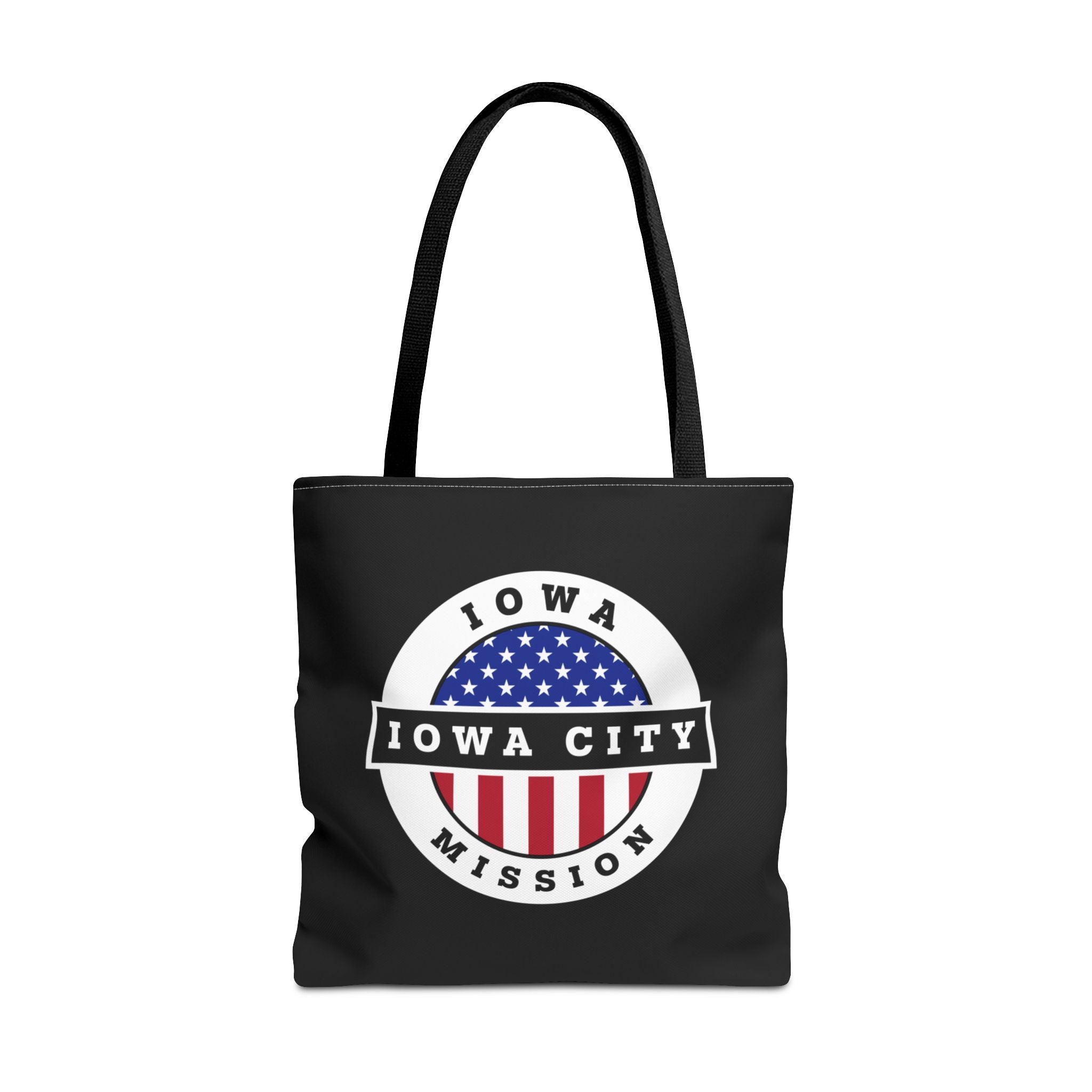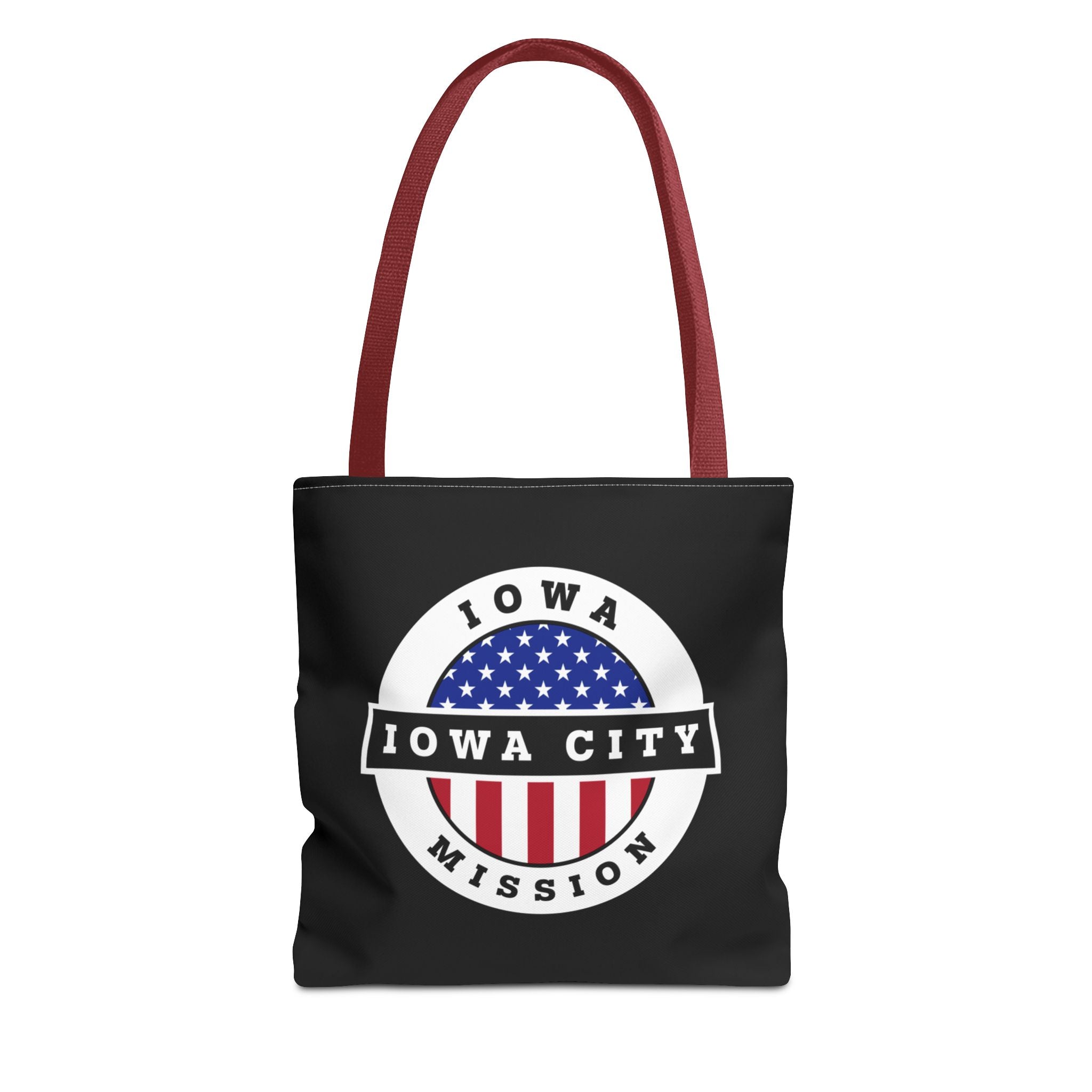After early members of The Church of Jesus Christ of Latter-day Saints left Nauvoo, Illinois, to escape persecution in 1846, they embarked on likely the most difficult part of the journey westward: it took 131 days for the first pioneer company to cross the 300 miles of Iowa. Difficult terrain, lack of food, disorganized camps, severe winter weather, and sickness all lengthened the journey. However, these early Church members found merriment in occasional music and dancing. The Nauvoo brass band provided entertainment and also earned money by playing concerts for the settlers in Iowa. Church President Brigham Young said the early settlers "were patient, and endured all their privations without murmuring."
Nearly 200 Latter-day Saint pioneers established a small community named Garden Grove where they planted crops and built cabins for the pioneer companies who would follow them. Other communities were built at Mount Pisgah and Council Bluffs. When the United States declared war with Mexico in the spring of 1846, President Polk authorized the recruiting of five hundred Latter-day Saint volunteers. These volunteers constituted the Mormon Battalion, coming from the pioneer companies in Mount Pisgah, Garden Grove, and Council Bluffs. The Mormon Battalion accomplished the longest infantry march in the history of the United States. In Council Bluffs (Kanesville), Brigham Young became the official President of the Church in December 1847. He sent an epistle for members to gather in the Great Basin of the Rocky Mountains. From 1856-57, pioneers used handcarts to cross Iowa. Two to three hundred of these 2,500 handcart pioneers died on the trail. During the summer of 1996, communities in Iowa celebrated the sesquicentennial of the Mormon Pioneer trek west by reenacting the event with their own wagon trains.
